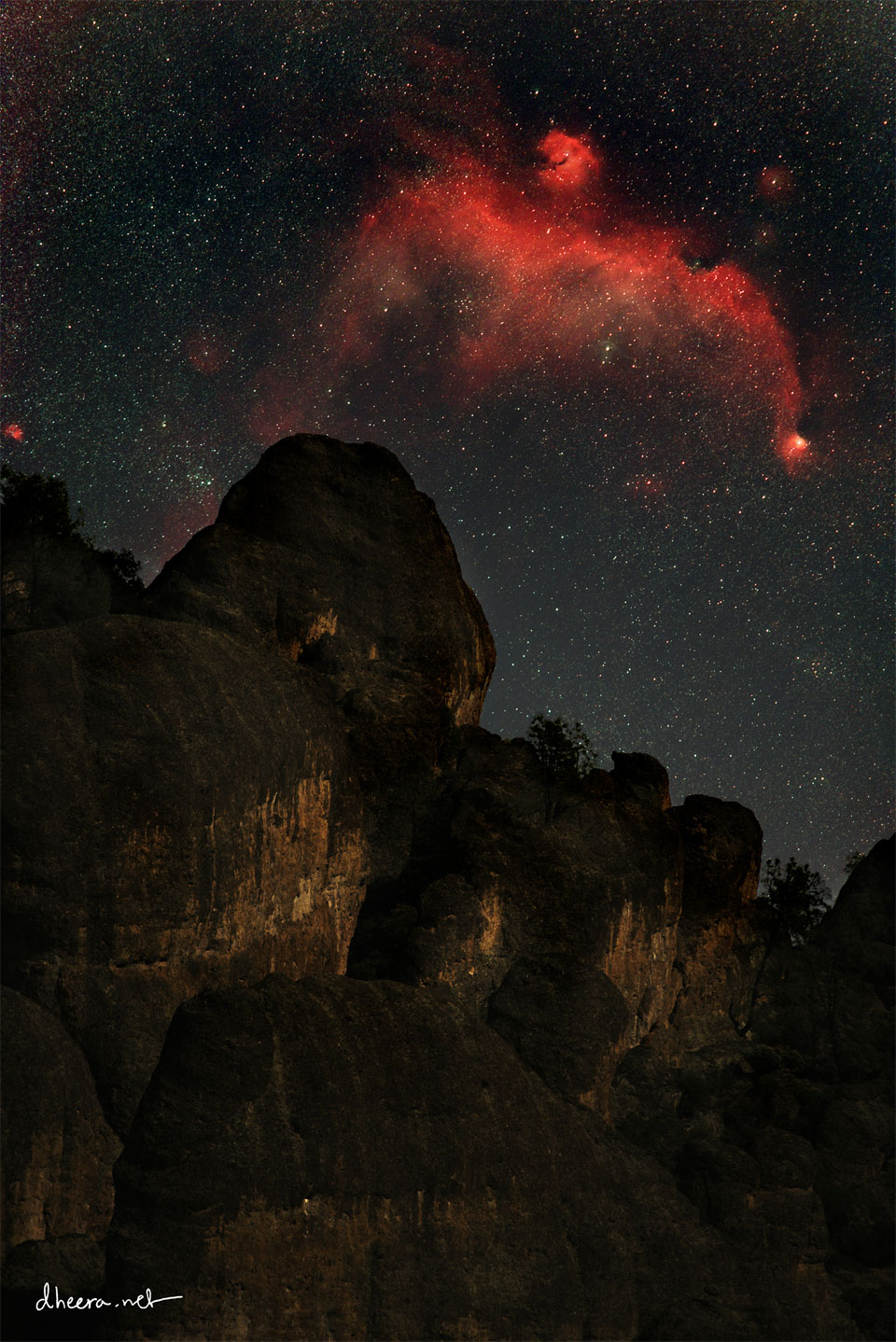George Holmes “Buddy” Tate (February 22, 1913 – February 10, 2001) was an American jazz saxophonist and clarinetist.
Tate was born in Sherman, Texas, United States, and first played the alto saxophone. According to the website All About Jazz, “Tate was performing in public as early as 1925 in a band called McCloud’s Night Owls.” Tate’s 2001 New York Times obituary stated that “he began his career in the late 1920s, playing around the Southwest with bands led by Terrence Holder, Andy Kirk and Nat Towles.
see full post...Zitkala-Ša, also Zitkála-Šá (Lakota: Zitkála-Šá, meaning Red Bird; February 22, 1876 – January 26, 1938), was a Yankton Dakota writer, editor, translator, musician, educator, and political activist. She was also known by her Anglicized and married name, Gertrude Simmons Bonnin. She wrote several works chronicling her struggles with cultural identity, and the pull between the majority culture in which she was educated, and the Dakota culture into which she was born and raised. Her later books were among the first works to bring traditional Native American stories to a widespread white English-speaking readership.
She was co-founder of the National Council of American Indians in 1926, which was established to lobbyfor Native people’s right to United States citizenship and other civil rights they had long been denied. Zitkala-Ša served as the council’s president until her death in 1938. Zitkala-Ša has been noted as one of the most influential Native American activists of the 20th century. Working with American musician William F. Hanson, Zitkala-Ša wrote the libretto and songs for The Sun Dance Opera (1913), the first American Indian opera. It was composed in romantic musical style, and based on Sioux and Ute cultural themes.
see full post...Nicknamed for its avian shape, the Seagull Nebula is an emission nebula on the night sky that is vast, spanning an angle over five times the diameter of the full moon and over 200 light years. The head of the nebula is catalogued as IC 2177, and the star cluster under its right wing is catalogued as NGC 2343. Consisting of mostly red-glowing hydrogen gas, the Seagull Nebula incorporates some dust lanes and is forming stars. The peak over which this Seagull seems to soar occurs at Pinnacles National Park in California, USA. The featured image is a composite of long exposure images of the background sky and short exposure images of the foreground, all taken consecutively with the same camera and from the same location.

Edward Haydn Higgins (February 21, 1932 – August 31, 2009) was an American jazz pianist, composer, and orchestrator. His performance and composition in 1959’s “Cry of Jazz” is preserved in the Library of Congress’ National Film Registry.
Born and raised in Cambridge, Massachusetts, United States, Higgins initially studied privately with his mother. He started his professional career in Chicago, Illinois, while studying at the Northwestern University School of Music and earned a spot in fellow Northwestern alumnus Paul Severson‘s band in 1956 before leading his own band in 1957.
see full post...Nina Simone (born Eunice Kathleen Waymon; February 21, 1933 – April 21, 2003 Tryon, NC) was an American singer, songwriter, pianist, composer, arranger and civil rights activist. Her music spanned styles including classical, folk, gospel, blues, jazz, R&B, and pop.
The sixth of eight children born into a poor family in North Carolina, Simone initially aspired to be a concert pianist. With the help of a few supporters in her hometown, she enrolled in the Juilliard School of Music in New York City. She then applied for a scholarship to study at the Curtis Institute of Music in Philadelphia, where, despite a well received audition, she was denied admission, which she attributed to racism. In 2003, just days before her death, the Institute awarded her an honorary degree.
To make a living, Simone started playing piano at a nightclub in Atlantic City. She changed her name to “Nina Simone” to disguise herself from family members, having chosen to play “the devil’s music” or so-called “cocktail piano”. She was told in the nightclub that she would have to sing to her own accompaniment, which effectively launched her career as a jazz vocalist. She went on to record more than 40 albums between 1958 and 1974, making her debut with Little Girl Blue. She released her first hit single in the United States in 1958 with “I Loves You, Porgy“. Her piano playing was strongly influenced by baroque and classical music, especially Johann Sebastian Bach, and accompanied expressive, jazz-like singing in her contralto voice.
see full post...Tadley Ewing Peake Dameron (February 21, 1917 – March 8, 1965) was an American jazz composer, arranger, and pianist.
Born in Cleveland, Ohio, Dameron was the most influential arranger of the bebop era, but also wrote charts for swing and hard bop players. The bands he arranged for included those of Count Basie, Artie Shaw, Jimmie Lunceford, Dizzy Gillespie, Billy Eckstine, and Sarah Vaughan. In 1940-41 he was the piano player and arranger for the Kansas City band Harlan Leonard and his Rockets. He and lyricist Carl Sigman wrote “If You Could See Me Now” for Sarah Vaughan and it became one of her first signature songs. According to the composer, his greatest influences were George Gershwin and Duke Ellington.
see full post...
Contemplating the significance of the presidential role on this auspicious Presidents Day!

AM1054-325, featured here in a recently released image by the Hubble Space Telescope, the answer is millions. Instead of stars being destroyed as galaxy AM1054-325 and a nearby galaxy circle each other, their gravity and motion has ignited stellar creation. Star formation occurs rapidly in the gaseous debris stretching from AM1054-325’s yellowish body due to the other galaxy’s gravitational pull. Hydrogen gas surrounding newborn stars glows pink. Bright infant stars shine blue and cluster together in compact nurseries of thousands to millions of stars. AM1054-325 possesses over 100 of these intense-blue, dot-like star clusters, some appearing like a string of pearls. Analyzing ultraviolet light helped determine that most of these stars are less than 10 million years old: stellar babies. Many of these nurseries may grow up to be globular star clusters, while the bundle of young stars at the bottom tip may even detach and form a small galaxy.

Created by Jayanne English 2023/24
Buffy Sainte-Marie, OC (born Beverly Jean Santamaria; February 20, 1941) is an American singer-songwriter, musician, and social activist. Sainte-Marie’s singing and writing repertoire includes subjects of love, war, religion, and mysticism. She has won recognition, awards, and honors for her music as well as her work in education and social activism. In 1983, her co-written song “Up Where We Belong“, for the film An Officer and a Gentleman, won the Academy Award for Best Original Song at the 55th Academy Awards. The song also won the Golden Globe Award for Best Original Song that same year.
Since the early 1960s, Sainte-Marie has said she has Indigenous Canadian ancestry, but a 2023 investigation by CBC News concluded that she was born in the United States and is of Italian and English descent. Some Indigenous musicians and organizations have since called for awards she won while falsely claiming an Indigenous identity to be rescinded, including her 2018 Juno Award for Indigenous Artist or Group of the Year. In her work, she has focused on issues facing Indigenous peoples of the United States and Canada. In 1997, she founded the Cradleboard Teaching Project, an educational curriculum devoted to better understanding Native Americans.
see full post...Frank Isola (February 20, 1925 – December 12, 2004 in Detroit, Michigan) was an American jazz drummer.
Isola was born and raised in Detroit and was heavily influenced by Gene Krupa. He played in the U.S. military during World War II (1943–45), and then studied and performed in California with Bobby Sherwood and Earle Spencer. He then moved to New York City, where he played with Johnny Bothwelland Elliot Lawrence in 1947. Following this he played with Stan Getz (1951–53) and Gerry Mulligan (1953–54), as well as with Mose Allison, Eddie Bert, Bob Brookmeyer, Jimmy Raney, Johnny Williams and Tony Fruscella.
see full post...James Edwards Yancey (February 20, c. 1895 – September 17, 1951) was an American boogie-woogie pianist, composer, and lyricist. One reviewer described him as “one of the pioneers of this raucous, rapid-fire, eight-to-the-bar piano style”. Jimmy Yancey was born in Chicago, Illinois, most likely in 1895.
see full post...
This image features IC 3476, a dwarf galaxy that lies about 54 million light-years from Earth in the constellation Coma Berenices. Whilst this image does not look very dramatic — if we were to anthropomorphise the galaxy, we might say it looks almost serene — the actual physical events taking place in IC 3476 are highly energetic. In fact, the little galaxy is undergoing a process known as ram pressure stripping, which is driving unusually high levels of star formation within regions of the galaxy itself. We tend to associate the letters ‘ram’ with the acronym RAM, which refers to Random Access Memory in computing. However, ram pressure has a totally distinct definition in physics: it is the pressure exerted on a body when it moves through some form of fluid, due to the overall resistance of the fluid. In the case of entire galaxies experiencing ram pressure, the galaxies are the ‘bodies’ and the intergalactic or intracluster medium (the dust and gas that permeates the space between galaxies, and for the latter the spaces between galaxies in clusters) is the ‘fluid’. Ram pressure stripping occurs when the ram pressure results in gas being stripped from the galaxy. This stripping away of gas can lead to a reduction in the level of star formation, or even its complete cessation, as gas is absolutely key to the formation of stars. However, the ram pressure can also cause other parts of the galaxy to be compressed, which can actually boost star formation. This is what seems to be taking place in IC 3476: there seems to be absolutely no star formation going on at the edge of the galaxy bearing the brunt of the ram pressure stripping, but then star formation rates within deeper regions of the galaxy seem to be markedly above the average.

see full post...
